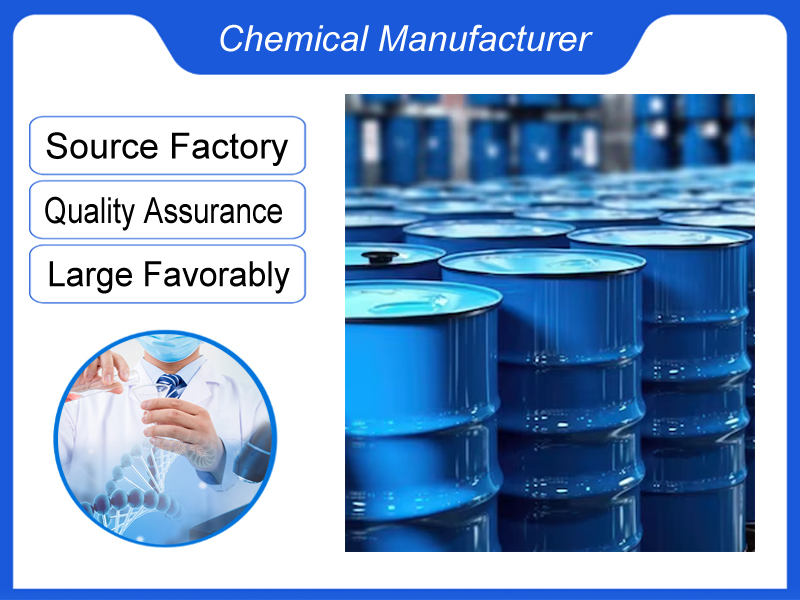
Zinc Acetyl Acetonate
We are a manufacturer based in China. We specialize in providing high-quality Zinc Acetyl Acetonate for industrial clients across various sectors. Whether you need chemicals consultation or technical support, our team is here to help.
Category:Paint chemicals Own Brand:MT /MOQ:100KG /From China/ B2B only.
Introduction
CAS No. 14024-63-6
Content 99%
Packing 25kg/bag
Names and Identifiers
| Name | bis(pentane-2,4-dionato-O,O’)zinc |
| Synonyms | TMG-623 Zn.Ac.Ac NSC 18472 AI3-50626 CCRIS 3470 Acetylacetone zinc Zinc diacetoacetate Zinc acetoacetonate Zinc acetylacetonate Zinc 2,4-pentanedione Zinc bis(acetylacetone) Bis(pentanedionato)zinc Zinc(II) acetylacetonate Bis(acetylacetonato)zinc Zinc bis(acetylacetonate) Zinc acetylacetone chelate Bis(2,4-pentanedionato)zinc BIS(ACETYLACETONATO)ZINC(II) Zinc bis(2,4-pentanedionate) Zinc 2,4-pentanedione complex Zinc, bis(2,4-pentanedionato)- ACETYLACETONE, ZINC DERIVATIVE BIS(2,4-PENTANEDIONATO)ZINC(II) 2,4-PENTANEDIONE ZINC DERIVATIVE Zinc, bis(2,4-pentanedionato)di- Bis(pentane-2,4-dionato-O,O’)zinc bis(pentane-2,4-dionato-O,O’)zinc Zinc Acetylacetonate Monohydrate Zinc, bis(2,4-pentanedionato-O,O’)- zinc bis[(2Z)-4-oxopent-2-en-2-olate] Zinc, bis(2,4-pentanedionato-O,O’)-, (T-4)- Zinc, bis(2,4-pentanedionato-O,O’)-, (beta-4)- Zinc, bis(2,4-pentanedionato-kappaO,kappaO’)-, (T-4)- Zinc, bis(2,4-pentanedionato-kappaO2,kappaO4)-, (T-4)- |
| CAS | 14024-63-6 |
| EINECS | 237-860-3 |
| InChI | InChI=1/2C5H8O2.Zn/c2*1-4(6)3-5(2)7;/h2*3,6H,1-2H3;/q;;+2/p-2/b2*4-3- |
14024-63-6 – Physico-chemical Properties
| Molecular Formula | C10H14O4Zn |
| Molar Mass | 263.61 |
| Density | 1.544[at 20℃] |
| Melting Point | 124-126 °C |
| Boling Point | 129-131 °C (10 mmHg) |
| Flash Point | 71.9°C |
| Water Solubility | 9.1g/L at 20℃ |
| Solubility | soluble in Methanol |
| Vapor Presure | 0Pa at 25℃ |
| Appearance | White powder |
| Color | White to ivory |
| pKa | 8.8[at 20 ℃] |
| Storage Condition | Store below +30°C. |
| Sensitive | 4: no reaction with water under neutral conditions |
| MDL | MFCD00000035 |
| Physical and Chemical Properties | Zinc acetylacetonate is a white powder with characteristic odor, stable nature and easy to react with oxidant. Melting point 129-133 °c. Soluble in methanol. |
14024-63-6 – Risk and Safety
| Hazard Symbols | Xn – Harmful |
| Risk Codes | R22 – Harmful if swallowed R36 – Irritating to the eyes R36/37/38 – Irritating to eyes, respiratory system and skin. |
| Safety Description | S20 – When using, do not eat or drink. S39 – Wear eye / face protection. S37/39 – Wear suitable gloves and eye/face protection S26 – In case of contact with eyes, rinse immediately with plenty of water and seek medical advice. |
| RTECS | ZH0917500 |
| TSCA | Yes |
| HS Code | 29141900 |
Reference Information
| LogP | 0.2 at 22℃ |
| Uses | Zinc acetylacetonate can be used as an additive. It is the most commonly used heat stabilizer including halogenated polymers, especially polyvinyl chloride. It is also used as a catalyst. It can also be used as a resin crosslinking agent, resin hardening accelerator, resin, rubber additive, superconductive film, hot wire reflective glass film, transparent conductive film forming agent, etc. It is an environmentally friendly product that replaces lead-containing additives. |
| overview | zinc acetylacetonate (ZAA), English Zinc(II) acetylacetonate, molecular structure formula C10H14ZnO4, melting point 129-133 ℃, white crystalline powder at room temperature, easily soluble in methanol, characteristic odor, stable properties, easy to react with oxidant. This product is the most commonly used heat stabilizer in the formulation of polyvinyl chloride. It is also used as a heat stabilizer for halogenated polymers such as hard PVC. It has significant synergistic effect with stearoyl benzoyl methane and dibenzoyl methane (β-diketone). In addition, it is also used as a catalyst, resin crosslinking agent, resin hardening accelerator, resin, rubber additive, super conductive film, hot wire reflective glass film, transparent conductive film forming agent, etc., is an environmentally friendly product that replaces lead-containing additives. Industrial use of acetic acid cracking process, acetic acid as raw material, triethyl phosphate as a catalyst, in high temperature vacuum cracking to produce ketone, and then by acetone absorption and conversion to acetylacetone zinc crude, refined by tower fractionation, the cost content is greater than 98%. |
| photocatalytic performance of zinc-doped titanium dioxide nanocrystals synthesized by gas phase flame combustion | zinc-doped titanium dioxide nanocrystals were synthesized by gas phase flame combustion using titanium tetrachloride and zinc acetylacetonate as raw materials. the nanocrystals structure was studied by XRD, XPS and ICP-AES, and the activity of zinc-doped titanium dioxide nanocrystals for catalytic degradation of rhodamine B(Rhodamine B) under ultraviolet irradiation was investigated, the photocatalytic mechanism is discussed. The results show that the doped phase zinc is mainly distributed in the surface phase of titanium dioxide and forms uniformly dispersed ZnO clusters; during the combustion process, zinc doping has little effect on the crystal phase composition and grain size of nano-titanium dioxide. When the doping amount is 0.21%(mol), the sample has the highest photocatalytic activity. The photocatalytic mechanism analysis shows that the different energy band positions of titanium dioxide and ZnO enable the photogenerated carriers to be effectively separated, improved the photocatalytic activity of nano-titanium dioxide. Journal of Process Engineering, Volume 7, Issue 6, Key Laboratory of Preparation and Application of Ultrafine Materials, East China University of Science and Technology, Ministry of Education, Shanghai University Nanoscience and Technology Research Center |
If you're ready to take the next step, Leave your message below and we’ll reply soon. 20+ years of chemical manufacturing & export experience, a partner you can trust.





